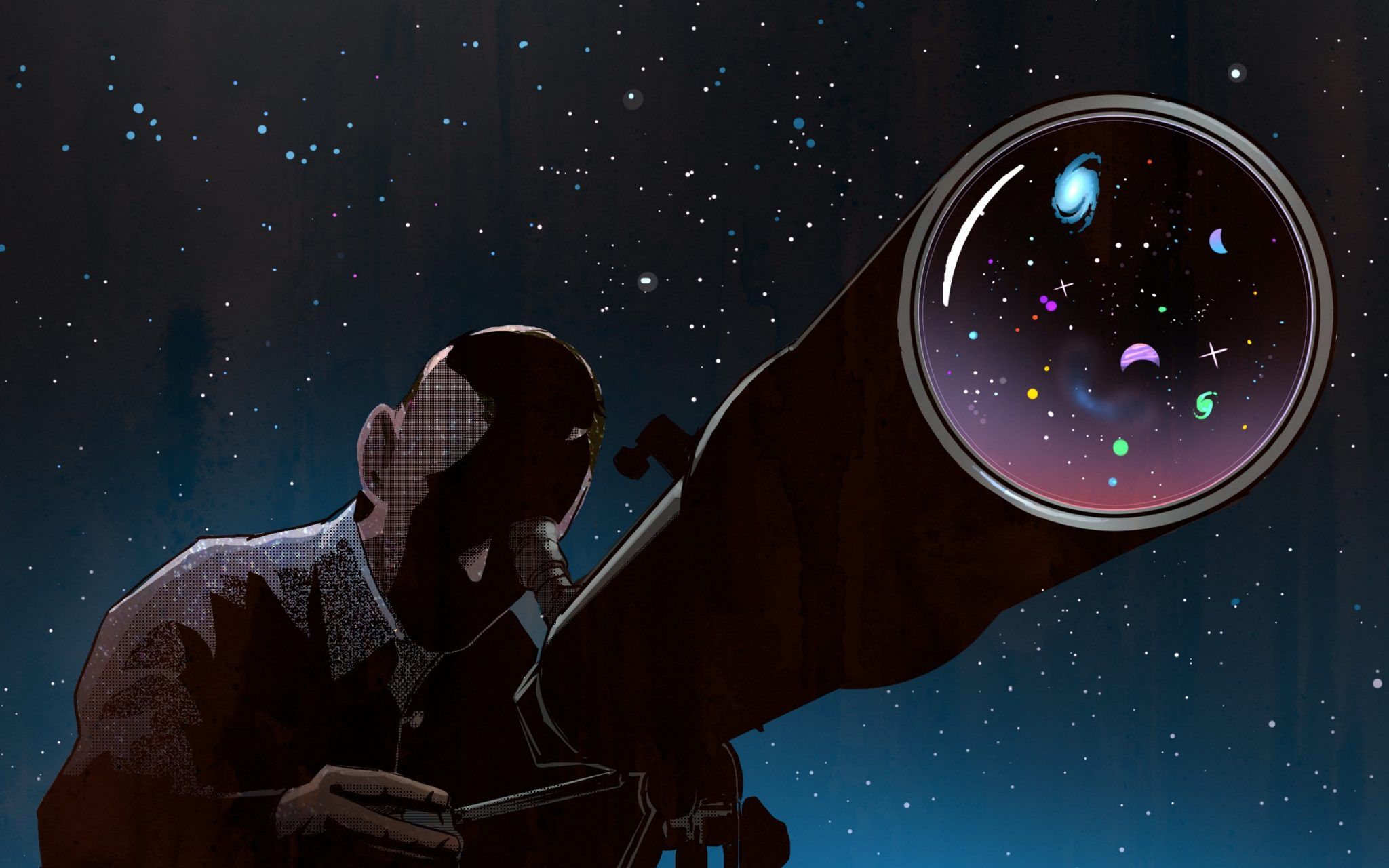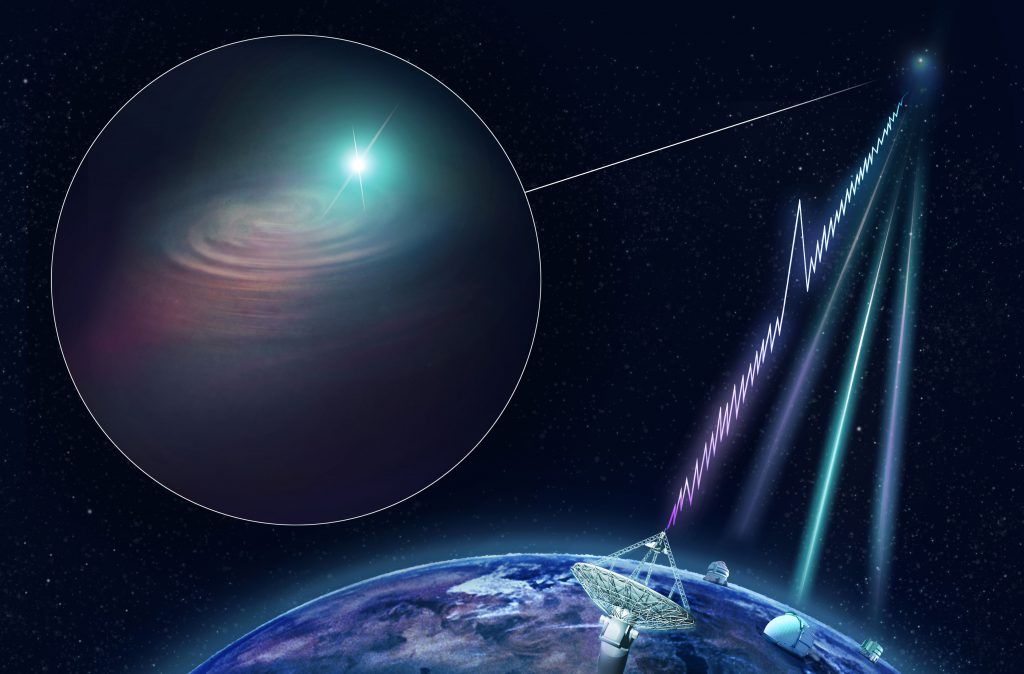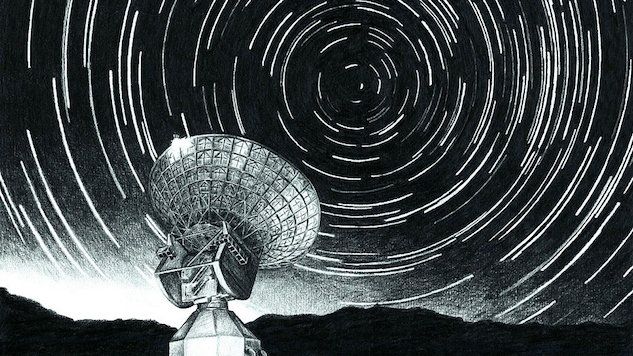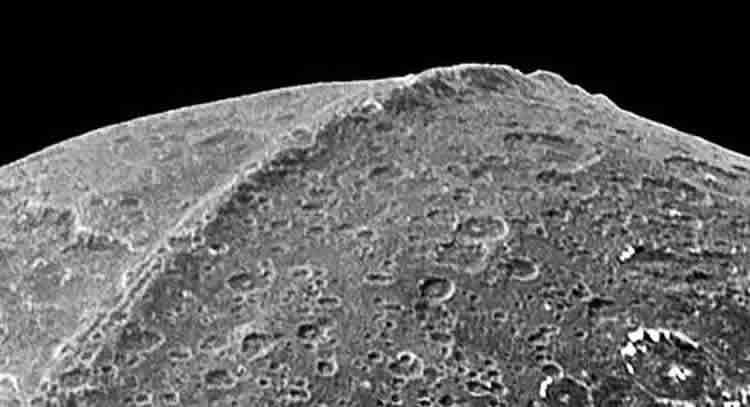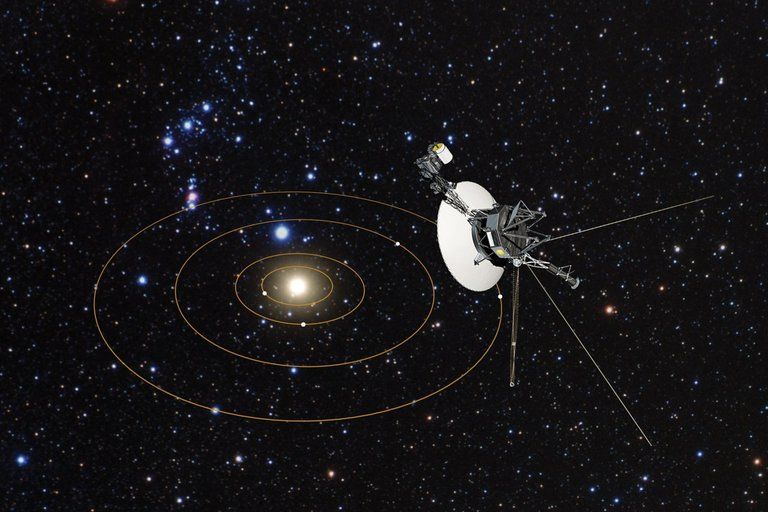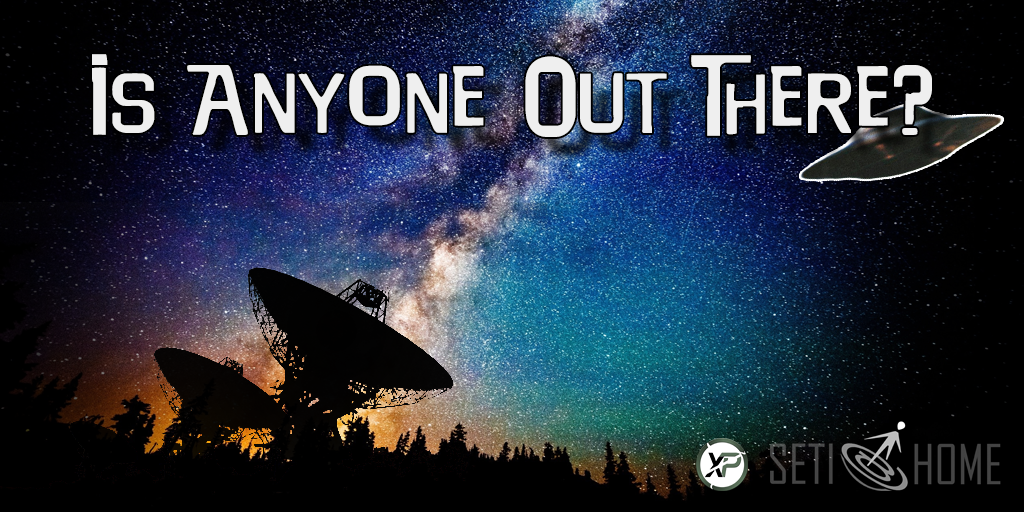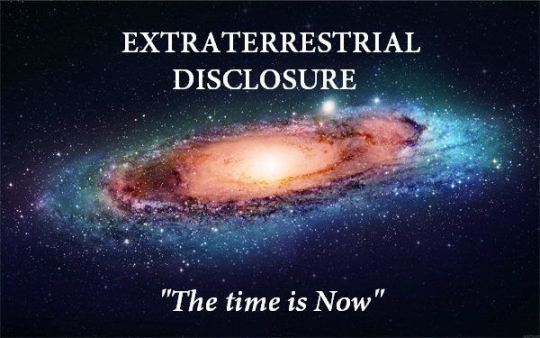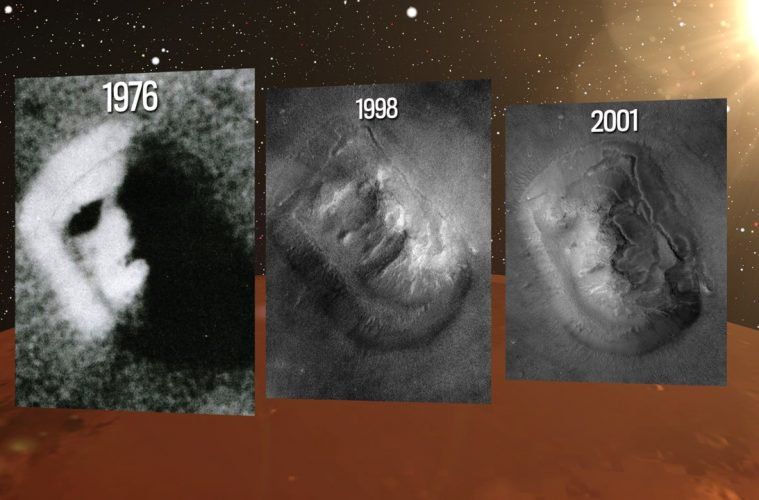Is the Media Taking UFO Sightings Seriously?
Article by Dani Di Placido May 17, 2021 (forbes.com)
• It wasn’t long ago that the biggest media platform a ufologist could hope for was The Joe Rogan Experience podcast. But now, with UFO footage and eyewitness accounts being discussed in mainstream outlets like the New Yorker, the NYTimes, and 60 Minutes, there has been a dramatic tonal shift in how the subject is being treated. It’s an exciting time to be a UFO enthusiast.
• The timing isn’t coincidental. UFO enthusiasts are eagerly anticipating a declassified report on UFOs by the Director of National Intelligence and the Pentagon is due to be handed over to the Senate Intelligence Committee in June.
• On a recent 60 Minutes episode, CBS News correspondent Bill Whitaker delved into US government efforts to uncover the truth behind the UFO phenomenon, motivated by national security concerns. Whitaker interviewed Luis Elizondo, who ran a Pentagon UFO program called Advanced Aerospace Threat Identification Program (AATIP) back in 2010. When asked if he believes that UFOs are real, Elizondo said, “The government has already stated for the record that they’re real. I’m not telling you that. The United States government is telling you that.”
• Elizondo is not saying that intelligent extraterrestrials have visited Earth. While according to astrobiologists the likelihood of extraterrestrial life is almost a certainty, there is no evidence that extraterrestrial life has visited Earth. Skeptic UFO investigator Mick West sees the unidentified flying blobs in those grainy videos taken by Navy pilots – in an era where most people carry HD cameras in our pockets – as mundane (tricks of photography or common objects such as balloons). With the frequency of UFO sightings, crystal-clear footage of a gleaming alien spacecraft should have emerged somewhere on the internet by now.
• Many of us ‘want to believe’, and there’s no reason not to keep an open mind. But we should heed the wise words of Carl Sagan, that “extraordinary claims require extraordinary evidence.” And unless the Pentagon is going to provide extraordinary evidence in June, those extraordinary claims have little merit.
• [Editor’s Note] Anyone who is not convinced that extraterrestrial beings and their craft have frequented the Earth for millennia is trying very hard to ignore the multitude of evidence. Skeptics like Mick West will never be convinced, even when extraterrestrial beings land, get out of their craft, walk up to West and said, “Hello, we are from the Alpha Centauri star system. Nice to meet you.” These media trolls would rather abide by sort of foreign invasion scenario than to accept that we have benevolent extraterrestrial cousins in our galaxy who would like to see the Earth join their space-faring ranks.
While the best UFO photos have been sequestered by governments (see ExoArticle: “British Military Has UFO Videos and Must Release Them”), there are still many great photos of UFOs out there. Of course, skeptics will always deny their authenticity. The US government is only providing the grainy photos at this time because they want a maddingly slow drip of UFO disclosure. They want to dominate the narrative with the ‘threat’ that UFOs may pose to our national security. Mainstream writers of articles such as this one are more than happy to go along with a limited threat narrative disclosure. And when the deep state government follows-up this threat narrative with a false flag ‘alien invasion’, these writers will dutifully go along with that as well – because the mainstream media has become a propaganda tool of the deep state, not a reporter of facts and truth.
And let’s not forget that the “wise” Carl Sagan, who demanded “extraordinary evidence”, was himself a member of the pseudo-governmental UFO overlord group known as Majestic-12 whose function is to suppress and ridicule all evidence of UFOs.

“We have tackled many strange stories on 60 Minutes, but perhaps none like this,”

CBS News correspondent Bill Whitaker said on Sunday night’s special, which investigated sightings of “unidentified aerial phenomena,” or UAPs, commonly known as UFOs.
The special focused on publicly released footage of UFOs recorded by Navy pilots, interviewed eyewitnesses, and delved into U.S. government efforts to uncover the truth behind the phenomenon.

Whitaker interviewed Luis Elizondo, who began running a Pentagon program called Advanced Aerospace Threat Identification Program (AATIP) back in 2010, tasked with studying “the national security implications of unidentified aerial phenomena documented by U.S. service members.”

When asked if he believes that UFOs are real, Elizondo stated: “I think we’re beyond that already. The government has already stated for the record that they’re real. I’m not telling you that. The United States government is telling you that.”

Elizondo, of course, is not saying that extraterrestrial life has visited Earth, but simply confirming the fact that there are regular sightings of unidentified objects in the sky, and that the U.S. government seeks an explanation, motivated by national security concerns.
Regardless, there has been a dramatic tonal shift in how the media discusses UFO footage and eyewitness accounts – it’s certainly an exciting time to be a UFO enthusiast. It wasn’t long ago that the biggest media platform a ufologist could hope for was The Joe Rogan Experience; now, the New Yorker, the NYTimes, and 60 Minutes have made efforts to seriously examine the phenomenon.
The timing isn’t coincidental – a declassified report from the directorate of national intelligence and the Pentagon is due to be handed over to the Senate Intelligence Committee in June, which UFO enthusiasts (along with everyone else) hope will shed some light on the mystery.
But perhaps the public shouldn’t get their hopes up – the likelihood of extraterrestrial life is, according to astrobiologists, almost a certainty – but there is no evidence that extraterrestrial life has visited Earth, or even has the ability (or motivation) to do so.
FAIR USE NOTICE: This page contains copyrighted material the use of which has not been specifically authorized by the copyright owner. ExoNews.org distributes this material for the purpose of news reporting, educational research, comment and criticism, constituting Fair Use under 17 U.S.C § 107. Please contact the Editor at ExoNews with any copyright issue.
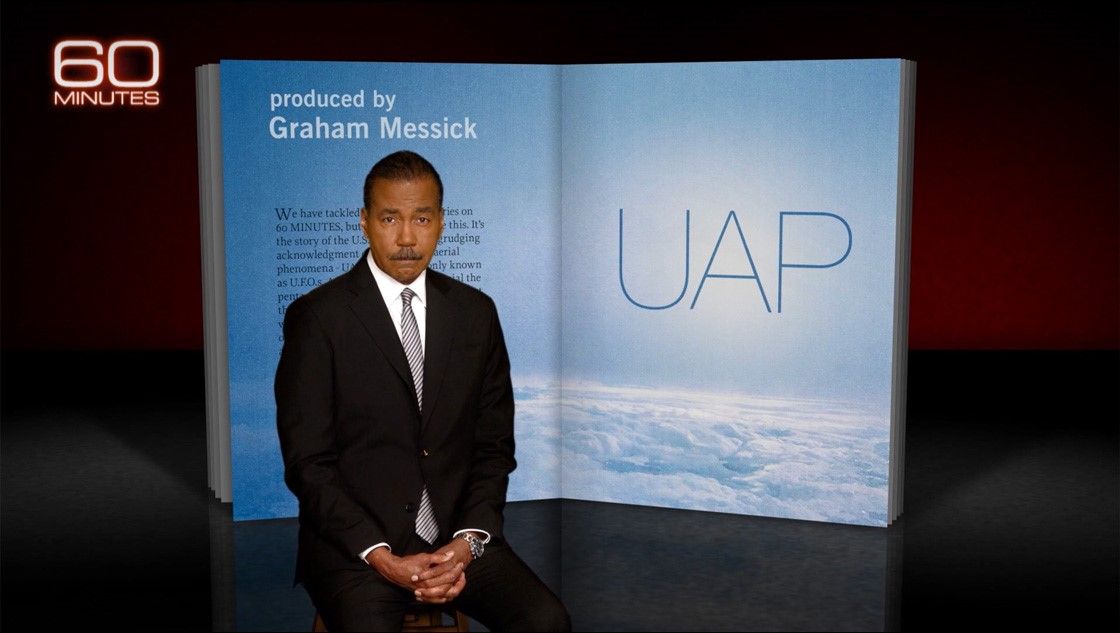










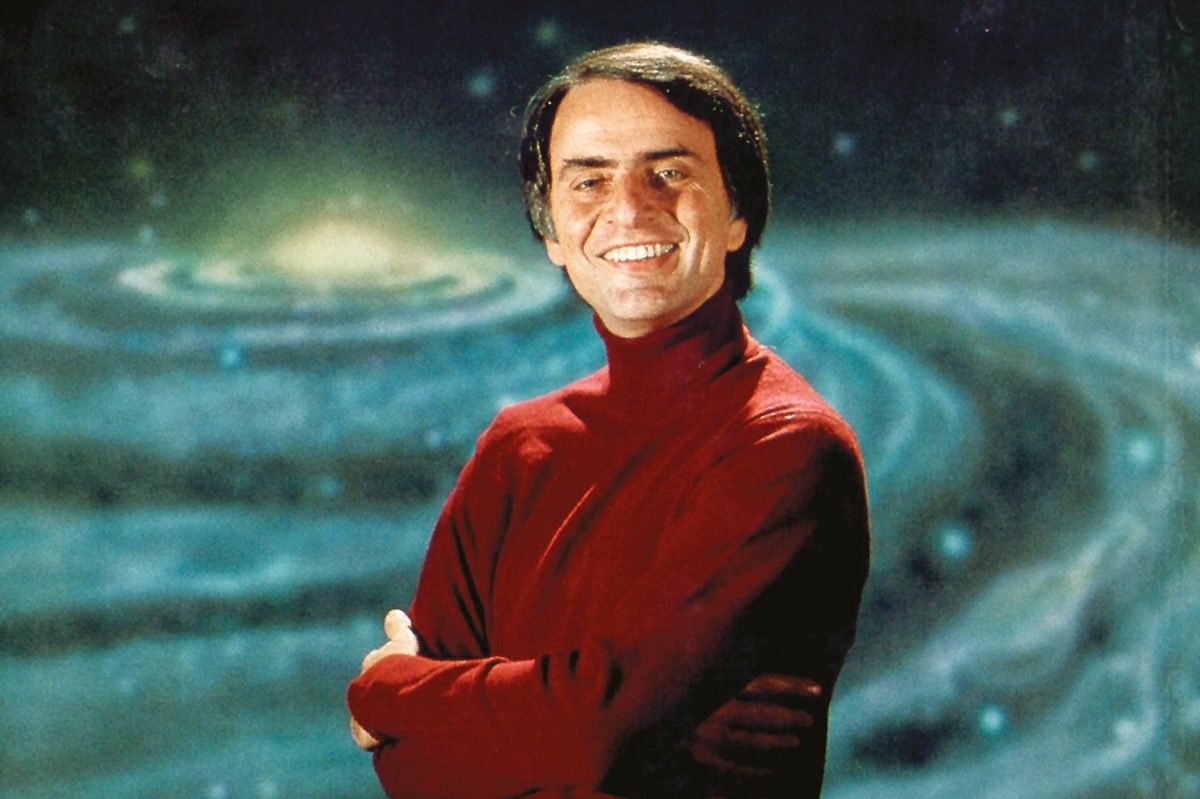
 observable Universe and the immeasurable number of suns and worlds that orbit around it, the Earth was the only place that harbors life.
observable Universe and the immeasurable number of suns and worlds that orbit around it, the Earth was the only place that harbors life.
